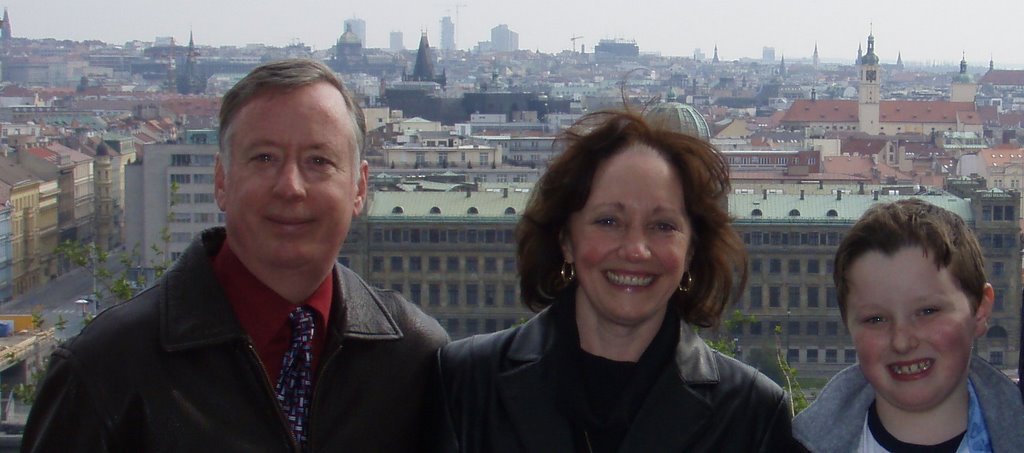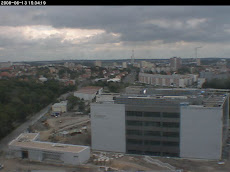From the web site Jewish Virtual Library:
Hitler, the world was to be told, had built a city for the Jews, to protect them from the vagaries and stresses of the war. A film was made to show this mythic, idyllic city to which his henchmen were taking the Jews from the Czech Lands and eight other countries. Notable musicians, writers, artists, and leaders were sent there for "safer" keeping than was to be afforded elsewhere in Hitler's quest to stave off any uprisings or objections around the so-called civilized world. This ruse worked for a very long time, to the great detriment of the nearly two hundred thousand men, women and children who passed through its gates as a way station to the East and probable death.
The Red Cross was allowed to visit Terezin once. The village of Terezin was spruced up for the occasion. Certain inmates were dressed up and told to stand at strategic places along the specially designated route through Terezin. Shop windows along that carefully guarded path were filled with goods for the day. One young mother remembers seeing the bakery window and shelves suddenly filled with baked goods the inmates had never seen during their time at Terezin. Even the candy shop window overflowed with bon bons creating a fantastic illusion she would never forget.
When the Red Cross representative appeared before this young mother, she remembers being asked how it was to live in Terezin during those days. Her reply implored the questioner to look around. Be sure and look around, as she herself rolled her own widely opened eyes around in an exaggerated manner. The Red Cross reported dryly that while war time conditions made all life difficult, life at Terezin was acceptable given all of the pressures. The Red Cross concluded that the Jews were being treated all right.
There were so many musicians in Terezin, there could have been two full symphony orchestras performing simultaneously daily. In addition, there were a number of chamber orchestras playing at various times. A number of distinguished composers created works at Terezin including Brundibar or the Bumble Bee, a children's operetta and a number of chamber compositions which only now are being resurrected and played in Europe and the United States.
This was not a death camp, by the usual definition. There is no way to compare Terezin to Auschwitz-Birkenau or Treblinka or any of the other death camps where hundreds of thousands were gassed or murdered in other ways each year. Terezin, by comparison was a place to which people would apply so as to avoid a worse fate. 
Leskley painting "Beautified and Phony - Red Cross Inspection"
Eli Leskley's Ghetto Diary (from the University of Minnesota Holocaust and Genocide Studies web site)
Born in 1911, Leskley painted 70 satiric watercolors while he was interned in Terezin, the show camp and ghetto established by the Nazis in Czechoslovakia. He hid them, retrieved them after the war and recreated each one. The paintings are available in sets of 15 or the complete collection of 40. Many of the originals were damaged. Part of those paintings were saved and mounted. Immediately after the war, Leskley repainted all the images to provide a satiric and poignant view of the camp at Theresienstadt.
Wednesday, January 30, 2008
More on Terezin...
Posted by
Al Tischler
at
8:47 AM
![]()
![]()
Labels: Czech Republic, sights, Terezin
Subscribe to:
Post Comments (Atom)


No comments:
Post a Comment